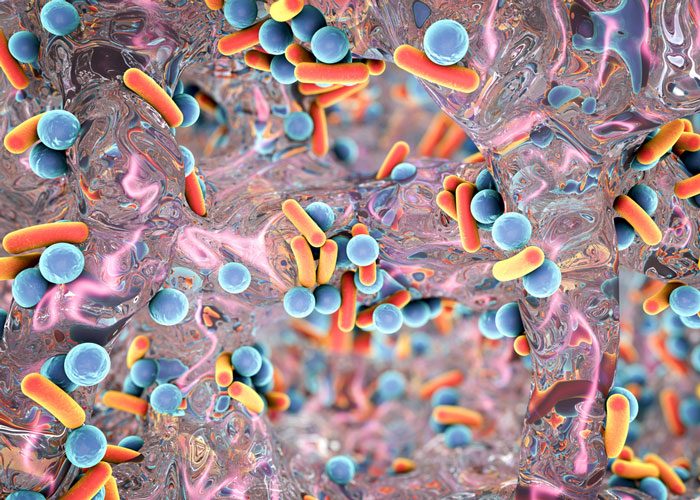CHAOS approach to antibiotic resistance
Posted: 4 September 2018 | Iqra Farooq (Drug Target Review) | No comments yet
Researchers have developed a new CHAOS method to combat antibiotic resistance, using CRISPR DNA modification techniques…


Researchers from the University of Colorado Boulder have developed a strategy to hinder the evolution of antibiotic-resistant bacteria such as E. coli. They created the Controlled Hindrance of Adaptation of OrganismS (CHAOS) approach using CRISPR DNA gene editing techniques.
The multi-drug resistant pathogens adapt to current antibiotic quicker than new ones can be made, and cause over 23,000 deaths annually in the US alone.
The CHAOS approach modifies multiple gene expressions within the bacterial cells, stopping the central processes of the pathogen, and preventing its ability to evolve defenses.
“We now have a way to cut off the evolutionary pathways of some of the nastiest bugs and potentially prevent future bugs from emerging at all,” said Dr Peter Otoupal, lead author of the study and a researcher in the Department of Chemical and Biological Engineering (CHBE) at the University.
The team began work on this project in 2013, and altered genes that could act as cellular switches in E. coli. After tweaking one gene, the cells could still adapt and survive, however after altering two genes the cells became weaker.
“We saw that when we tweaked multiple gene expressions at the same time-even genes that would seemingly help the bacteria survive-the bacteria’s fitness dropped dramatically,” said Dr Otoupal.
The researchers repeated this action to build up the stress levels on the bacterial cells, triggering a cascading failure and leaving the invading pathogen more susceptible to current treatments.
“You can think of it in terms of a series of escalating annoyances to the cell that eventually cause it to weaken,” said Assistant Professor Anushree Chatterjee, a senior author of the study.
“This method offers tremendous potential to create more effective combinatorial approaches.
“Diseases are very dynamic, so we need to design smarter therapies that can gain control over their rapid adaptation rates. The emphasis in our lab is demonstrating the efficacy of these methods and then finding ways to translate the technology to modern clinical settings.”
The study was published in Nature Communications Biology.
Related topics
CRISPR, Disease research, Genomics, Research & Development, Therapeutics
Related conditions
antibiotic resistance
Related organisations
University of Colorado
Related people
Assistant Professor Anushree Chatterjee, Dr Peter Otoupal


